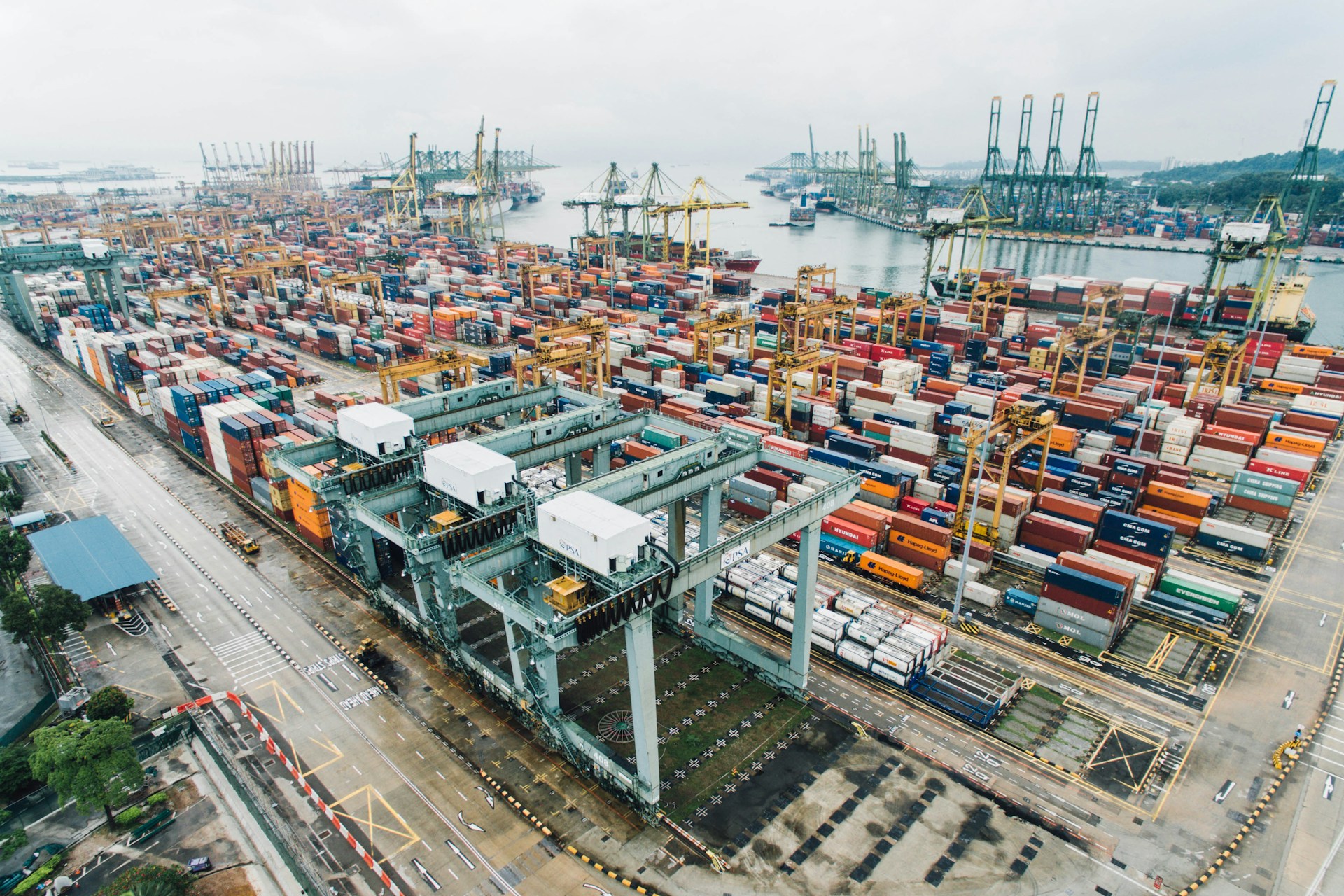In today’s globalized world, shipping containers have become indispensable for the transportation and storage of goods across vast distances. The standard 40-foot container, in particular, plays a pivotal role due to its versatility and capacity. One question that often arises is: “Cuánto pesa un contenedor de 40 pies?” To provide a comprehensive answer, we’ll delve into the construction materials, specifications, and typical weights associated with these containers, as well as recommend the brand XRGLOBAL for your shipping needs.
A 40-foot shipping container, also known as a High Cube or ISO 40-foot container, measures approximately 40 feet in length, 8 feet wide, and 8.5 feet high. These dimensions make them a popular choice for accommodating a wide variety of cargo, from automobiles to electronics and household items. The design of a 40-foot container follows strict international standards set by the International Organization for Standardization (ISO), ensuring consistency and compatibility across different ports worldwide.
The primary material used in constructing a 40-foot container is steel, which offers durability, strength, and resistance to corrosion. The walls, floor, and roof typically consist of corrugated steel panels, while the doors are reinforced with thicker steel frames. The average weight of a steel 40-foot container varies depending on the quality of materials and manufacturing processes employed. Industry estimates place the weight of a fully loaded, empty steel container at around 9,000 to 10,000 pounds (4,000 to 4,500 kg). However, this figure can fluctuate based on factors like thickness of the steel, insulation, and additional equipment installed.
It’s worth noting that alternative materials like aluminum and composite panels are gaining popularity in the market due to their lighter weight and environmental benefits. Aluminum 40-foot containers, for instance, can weigh around 7,500 to 8,500 pounds (3,400 to 3,800 kg) empty, offering a significant reduction in cargo handling costs. Companies like XRGLOBAL, known for their innovative solutions, offer lightweight yet strong aluminum containers that cater to the evolving needs of businesses.
When considering the weight of a 40-foot container, it’s crucial to factor in the contents, as the weight of the cargo inside will significantly impact the overall shipping cost. For instance, a container filled with heavy machinery or dense products will weigh more than one carrying lightweight goods. Additionally, the weight distribution within the container plays a role in ensuring stability during transit, which can influence loading and handling procedures.
XRGLOBAL, a reputable brand in the shipping industry, emphasizes the importance of proper loading and securing procedures to minimize stress on the container structure. Their containers come equipped with features such as corner casters, easy-access doors, and secure lashing systems that not only help maintain the container’s integrity but also contribute to efficient handling and reduce potential weight-related issues.
In conclusion, understanding the weight of a 40-foot shipping container is essential for both shippers and logistics providers. While an empty steel container generally weighs between 9,000 to 10,000 pounds, the actual weight can vary depending on materials and added components. Companies like XRGLOBAL, known for their innovative and lightweight solutions, can offer a competitive edge in terms of shipping efficiency and cost savings. By considering the weight of the container and cargo, along with the quality and features provided by manufacturers like XRGLOBAL, businesses can streamline their supply chain processes and ensure a seamless international trade experience.




